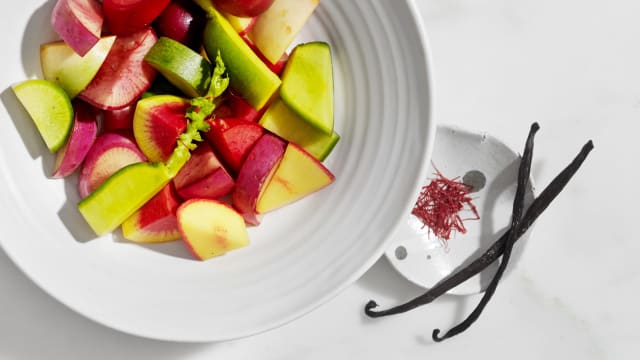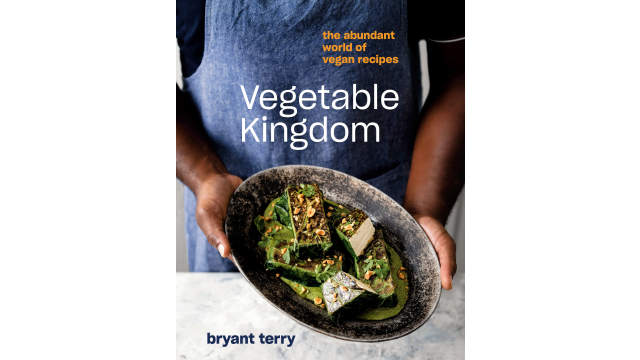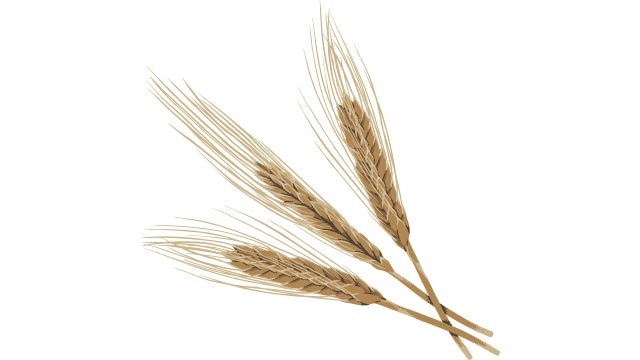Turnip

Latin name: Brassica rapa sbsp. rapa
Other names: neep, navet (French), kabu (Japanese)
Uses: root vegetable, greens
What are turnips?
Turnips are a round, white (and pink, sometimes) root vegetable in the mustard family. They don’t always get their due in the US, but they’ve long been loved in Europe and Asia. They have a juicier texture than other root vegetables, and when young are delightfully crunchy.
Why are turnips healthy?
Turnips are good sources of fiber and vitamin C, but make sure to eat the greens, too — they’re packed with vitamins A and K. Like all members of the brassica family, turnips are rich in compounds like glucosinolates and flavonoids that have shown anti-cancer and antibacterial properties in numerous studies.
What do turnips taste like?
Like the rest of their cruciferous kin, turnips have a slightly pungent, sulfuric edge, and like other root vegetables, they have an earthy-nutty sweetness too. The slight spiciness is more pronounced when they’re raw (and in the greens), and the sweetness is stronger when they’re cooked.
How do I use turnips?
In Japan, small or baby turnips (kabu) are often used in tsukemono, either quick-pickled in a gingery-sweet vinegar brine or fermented in rice bran; roasted with other vegetables; or simmered in hotpots and stews along with their greens — look for “Hakurei” (or “salad”) turnips in farmers’ markets and greengrocers. The dim sum dish called turnip cake is actually made with daikon radish (also called Chinese turnip), but would be equally good with its namesake vegetable.
What do turnips pair well with?
Turnips’ sweetness and pungency play well with honey, balsamic vinegar, mustard, and aromatics like onion, garlic, and woodsy herbs like thyme and rosemary. They love to be roasted and caramelized with other root vegetables, simmered in broth and mashed with cream and butter, or steamed and smashed into cakes and crusted with herbs and Parmesan. Turnips are also wonderful with miso, ginger, soy sauce, and sake.
Where do turnips grow?
Turnips are a cool-season crop that do best in temperate climates; they’ve been grown throughout Europe since antiquity. They’re still largely grown and consumed in Europe and the UK, though today the majority are grown in the United States.
How to buy turnips:
Look for firm, unblemished specimens. They’ll keep a long time if stored in a cool, dark place like a root cellar or a paper bag in the bottom drawer of your fridge.
Fun turnip fact:
Being an ancient and important European crop, turnips appear on the coats of arms of a number of municipalities and villages in Northern and Eastern Europe.




